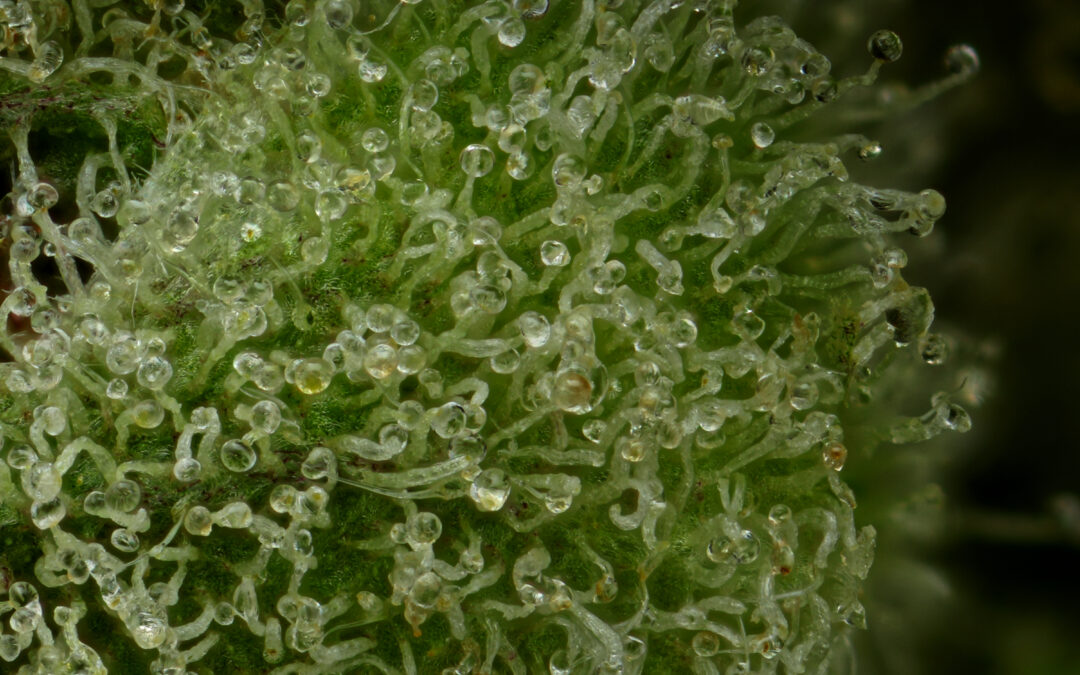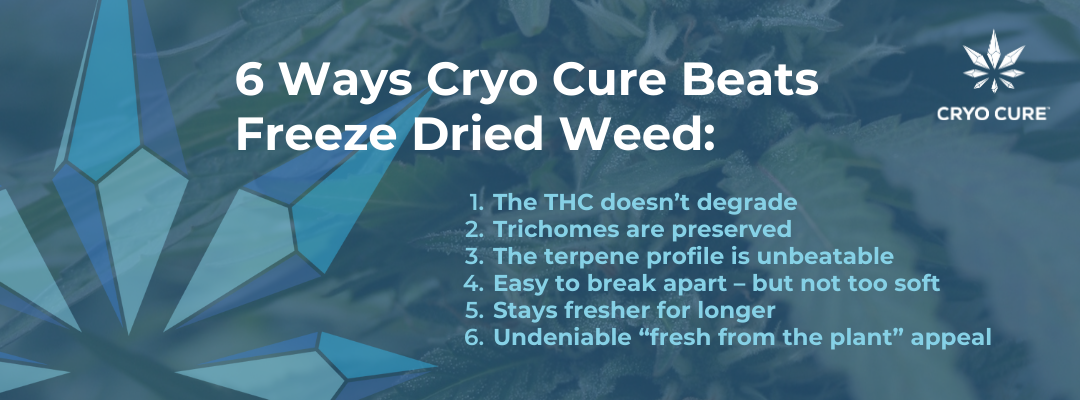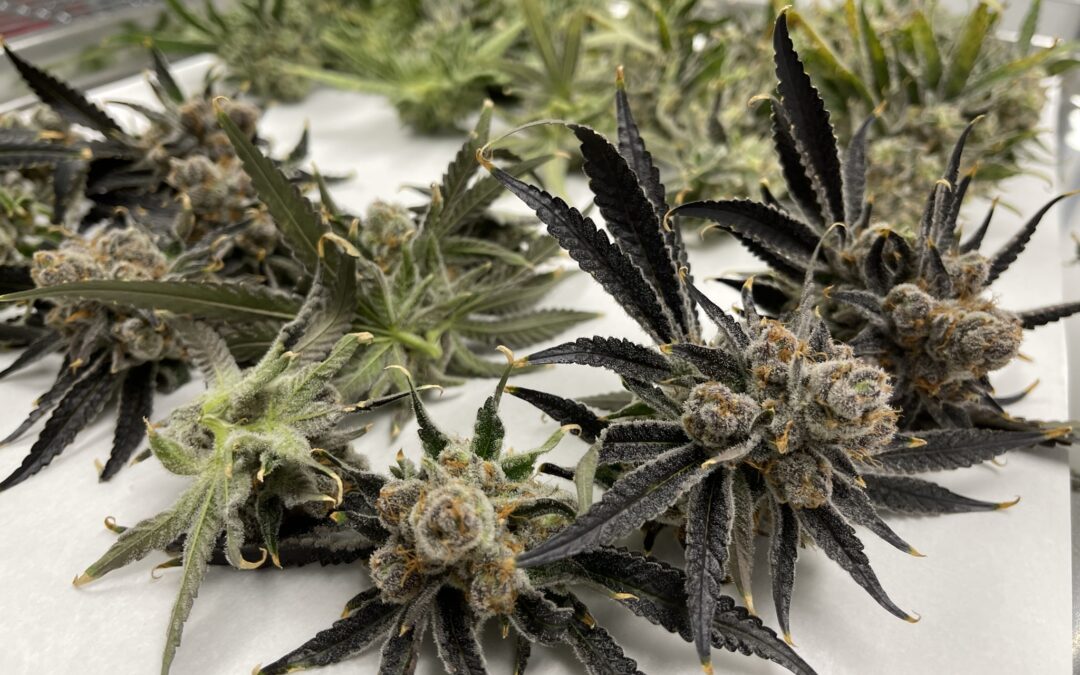
The Science Behind Couch Lock
In popular culture, the typical “stoner” is usually portrayed as someone who’s so high, surrounded by snacks and empty wrappers, and unable to leave the confines of their couch. So potent is the cannabis they consume that their inability to get up and do something with the rest of their day borders on helplessness. While that’s an unfortunate representation of cannabis consumers that has roots in long-running anti-cannabis propaganda, it’s a real phenomenon commonly known as “couch lock.”
What is couch lock?
You know couch lock if you’ve seen or experienced it. If you’ve ever enjoyed some cannabis and were suddenly hit with a heavy body high that left you convinced that you’d never leave your seat, then you’ve experienced couch lock. For many people, this experience makes your extremities feel way heavier than normal, and you may feel lethargic as well. While it may be enjoyable, it can often mean the premature end to your day or evening.
Since this type of extremely relaxing high is something that consumers will either want to actively avoid or want to experience for themselves, it’s something that you as a cultivator will want to keep in mind. And while many will swear that indica cultivars high in delta-9 Tetrahydrocannabinol (THC) are to blame for couch lock, there is no conclusive scientific evidence to suggest that to be the case, nor is there any evidence that sativa cultivars are less likely to cause it. Yet if you’re searching for the culprit behind couch lock, you’ll need an analytical lab.
Why does couch lock occur?
To solely put the blame on indica cultivars versus sativa cultivars would be missing a major point. Cannabis is a particularly complex plant and it owes a lot of that complexity to the myriad of active compounds that provide the desired psychoactive and physical effects. The phytocannabinoids, terpenes, and other compounds that exist within cannabis can affect people in different ways, and that distinction is way more important than simply labeling a cultivar an indica, sativa, or hybrid between the two
Due to the lack of any consistent cannabis research over the years, scientists haven’t been able to pinpoint one particular compound as the exact trigger for couch lock. Some believe myrcene to be a main contributing factor because of its sedative qualities. However, testing at the 2015 Cannabis Cup in Amsterdam found some cultivars with high concentrations of myrcene never caused couch lock. Other terpenes like linalool could also be a factor, but we at Cryo Cure are of the mindset that THC degradation could be a better indicator.

THC degradation and couch lock
As cannabis gets older or is improperly stored, it does more than lose its aroma and taste. Over time, the main psychoactive compound called tetrahydrocannabinol (THC) breaks down. In truth, THC’s degradation begins the moment the cannabis flower is removed from the main plant. As it dries, cures, and is shipped to dispensaries, the THC content in cannabis continues to break down over time. THC degradation is further influence by improper storage conditions, too high moisture content that can fuel cannabis-destroying contaminant growth, and too low moisture content that makes for a brittle and less potent product.
You can see these changes on your cannabis flower The milky white trichomes that can be seen glistening on high quality cannabis flower are full of THC. Over time, though, those trichomes change color to a more amber-like hue. That’s your visual cue that THC has broken down and transformed into an entirely different phytocannabinoid—cannabinol (CBN). This change from THC to CBN is also related to the disruption of cannabinoid biosynthetic pathways, which is how phytocannabinoids and terpenes naturally become other compounds.
Most commonly known for its relaxation-inducing properties, CBN is theorized to be the actual cause of couch lock. Therefore, it should come as no surprise to anyone that researchers have been looking into CBN as a potential sleep aid.
While THC degradation is an inevitability, that doesn’t mean that it has to happen quickly. By properly controlling the temperature, humidity, air, and light levels while storing your cannabis, you can at least slow down the degradation of your THC so you can enjoy it for a longer period.
How Cryo Cure beats couch lock
There are few factors that influence flower freshness. Time is one of the biggest obstacles: The longer the time between harvest and sale, the more likely it is that THC degrades. But that doesn’t mean corners can be cut during processing; drying and curing are essential for controlling flower moisture content and subsequentially stabilizing THC content.
This is where Cryo Cured flower reigns supreme. Our patent-pending process applies the right temperature, time, and pressure to each harvest so the resulting flower’s THC levels are less likely to degrade into CBN.
Not only does that result in a much shorter drying and curing process – one that’s as short as 12 hours – but it means that the moisture content clocks in at precise, correct levels to ensure freshness and potency. It’s a win-win on all counts: For cultivators, a more potent product reaches market in days instead of weeks; for consumers, that’s a flower rich in stabilized THC content that has yet to degrade into couch lock-inducing CBN. The result is a more euphoric and energizing cannabis experience.
Cryo Cure can curb the couch
While couch lock is still a phenomenon we don’t fully understand, we do know that CBN plays some part. Preventing THC from degrading into CBN in the first place is one of the best ways to ensure that your cannabis experience won’t result in couch lock. With Cryo Cure, not only will your cannabis stay fresher longer, but its THC content will remain intact, especially when stored properly.
Want to learn more about how Cryo Cure can work for you? Check out our FAQ.










